





Kettlebells are useful in training for muscle endurance.

Deadlife part one

Deadlift part two
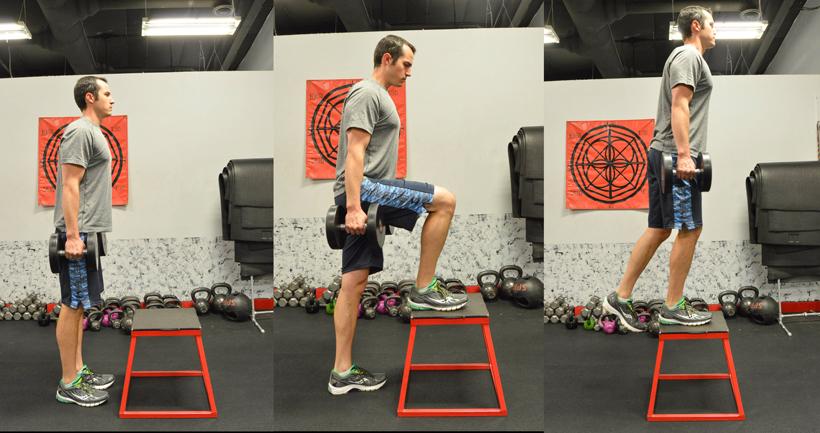
Dumbbell step-ups

A Bosu ball is very effective for training for uneven terrain.
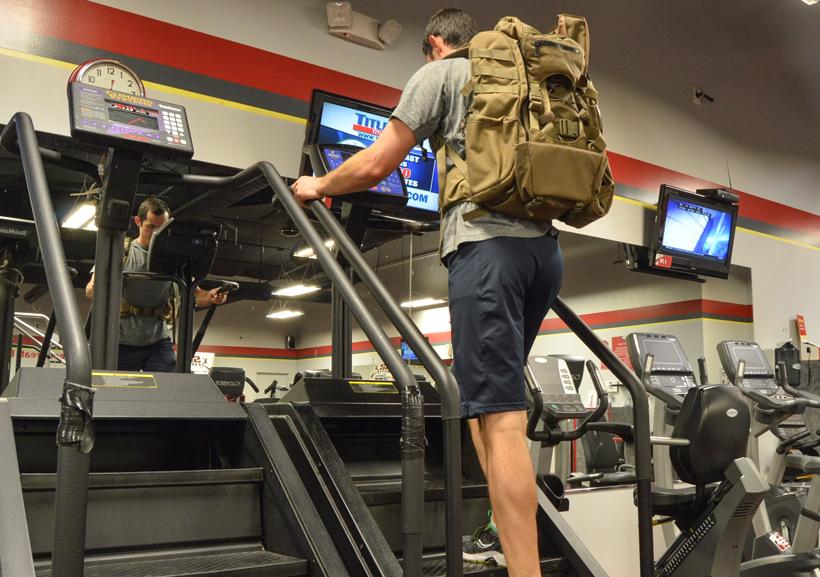
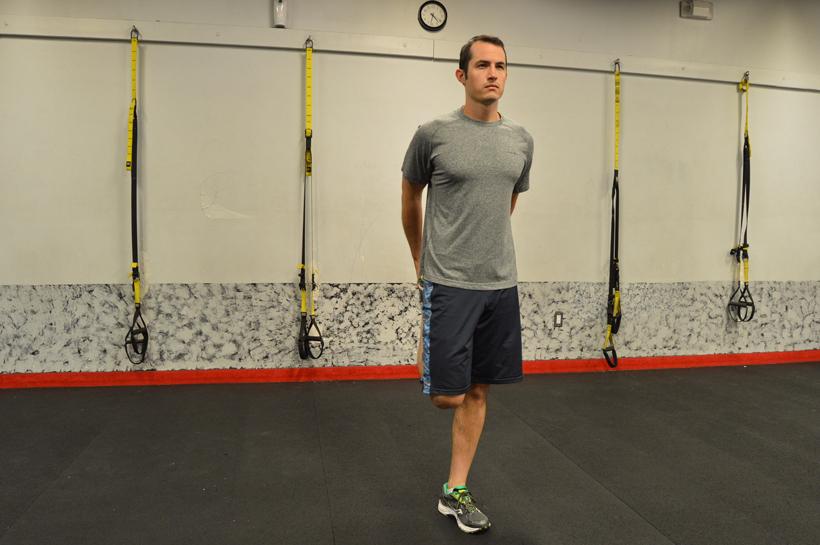
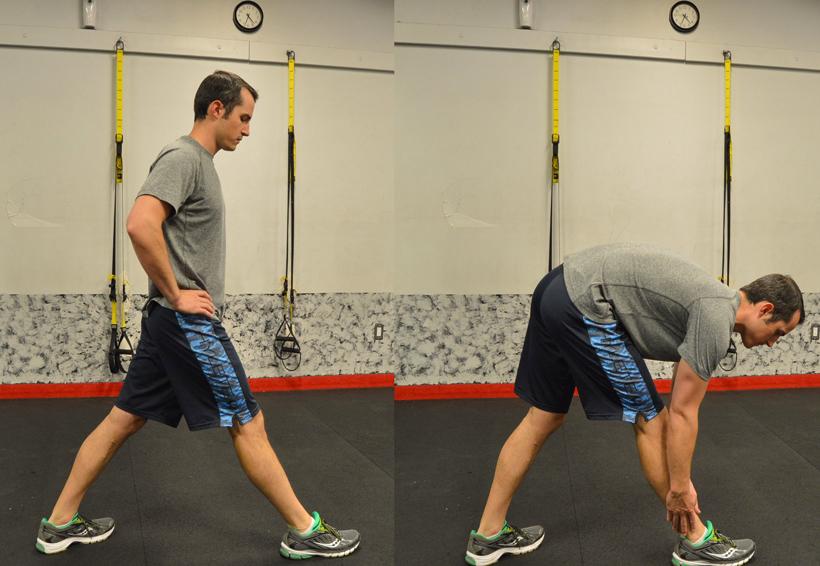

Stretching your glutes, hamstrings and hip flexors is essential.
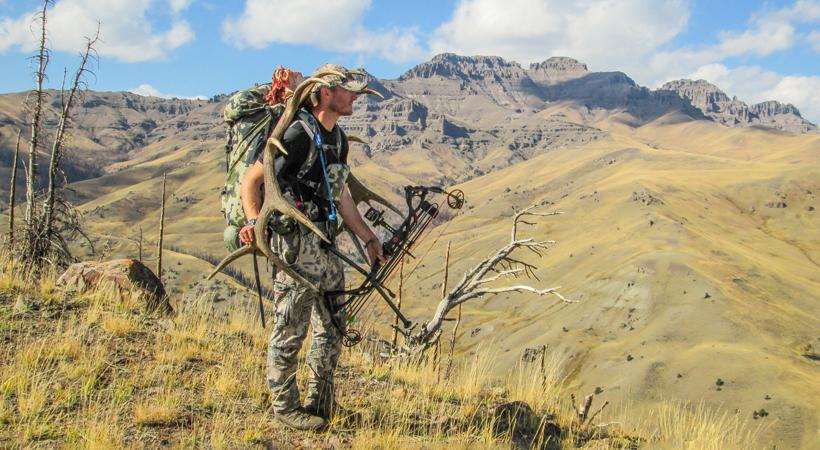
Photo credit: Trail Kreitzer
Anyone who has been hunting elk for even a short amount of time knows that elk hunting is hard work. You often cover miles of rugged terrain in less than ideal conditions. You are constantly exhausted, carrying a pack full of gear along with your weapon. You work extremely hard before finally having the opportunity to take aim at your target and finally getting a change to put an elk on the ground. Then, once the excitement begins to subside, you consider the overwhelming size of the animal before you and say, "This is going to take a lot of work." The irony is that anyone who hunts elk knows that the task of finding and harvesting an elk is only the beginning. All of the work you just put in to fill you tag was a mere warm up for the task that lays before you. All of those miles that you covered to get to that elk will be visited again and again as you make the same trip multiple times to pack all of the meat out. In Part I, we discussed the need for excellent cardiovascular and muscular endurance and covered how to train for it in order to properly prepare for the hunt. In Part II, we will discuss how to train for the heavy pack out.
When considering how to train for a pack out, there are three factors that must be understood: muscular strength, muscular endurance and flexibility. Muscular strength is essential because an elk quarter can weigh 50 to 80 (or more) pounds. Multiply this by four and add in the back straps, antlers, heart, liver, etc. and you are going to be carrying a lot of weight over multiple trips. Without building proper strength, you will be at risk of injury while carrying that load. Muscular endurance is necessary because you may potentially be carrying the weight for a very long distance without a break. Proper endurance training will help your body maintain the stamina it will need for this task. Lastly, flexibility is crucial to prevent injury from muscle strain. When you are carrying extra weight on uneven, unstable terrain, your muscles, ligaments and tendons are working overtime to stabilize your body. If you are not limber, excess soreness and muscle strain will occur.
Before you can build muscle strength, you need to know what muscles are primarily involved in carrying a pack. The posterior chain is the series of muscles that run along the backside of the lower half of your body. They include all of the major muscles and stabilizer muscles in your lower back, glutes, hamstrings and calves. These muscles bear the brunt of the load when carrying extra weight on your back; however, your upper back, shoulders and traps also carry a significant burden, too. You have to be sure that you are training all of these muscles.
This does not mean that you should do any old leg and back exercises you feel like doing. No, you need to focus on exercises that train your posterior chain. These exercises will simulate the kind of load you will be carrying in order to activate the necessary muscular response and include:
These moves all simulate the muscle activity involved in carrying a heavy load on your back. When doing these moves, it is important to remain slow and controlled. You are not training for speed; you are training for strength and injury prevention. This means that you should be doing 10 to 12 reps with each rep taking three to four seconds to complete the entire move. Strength-oriented lifts should be accompanied with 90 seconds to two minutes of rest in between sets.
Muscular endurance is achieved by lifting weights using high volume reps and isometric techniques. High volume means completing 15 to 20 repetitions per set with minimal rest between sets (30 to 60 seconds). Isometric training involves focusing on the contracted portion of the move, holding the contraction for an extended period of time and/or focusing on going very slow on the negative (lowering) portion of the move. Isometric training should used in conjunction with lightweight or body weight exercises to reduce the risk of injury. These techniques will simulate the extended time under tension that is involved in packing out an elk and will help your body adapt to the prolonged stress so it does not fatigue so quickly.
Additionally, exercises that simulate uneven, unstable terrain are essential for training properly. Using techniques and equipment to simulate this kind of terrain (like a bosu ball or step platforms) will engage stabilizer muscles very effectively, leading to increased endurance and reduced risk of injury. Exercises for muscle endurance include those listed above plus:
Stretching might be boring, but it is absolutely crucial for proper training. Stretching increases blood flow to your muscles, which provides necessary nutrients and increased oxygen, aiding in faster recovery and reducing soreness. It also lengthens the muscle fibers and improves tendon and ligament function, allowing you to have increased mobility and range of motion, which is the primary ingredient in injury prevention. No, it is not sexy, but it is very, very important. Imagine you are carrying your first load in your pack out and you strain your hamstring because you never took the time to stretch and improve your flexibility. Well, that means your pack out is going to take much, much longer (if you can even do it anymore). Flexibility is a key component to your training.
When stretching, be sure to only extend the range of motion to the point where you feel a slight strain; if it hurts, back off. Hold each stretch for 30 seconds per side, being sure to take slow, deep breathes throughout. This will help get more oxygen to your muscles and aid in the stretching process. There are a ton of good stretches out there and not nearly enough space in this article to detail all of them.
Make sure to stretch each major muscle group from different angles. Take special care to stretch all of the muscles in your posterior chain — especially as these are the muscles that will take the greatest beating in your training and your pack out. You should utilize enough movements in your stretching regimen that it takes at least 10 minutes to stretch when holding each position for 30 seconds per side.
If you are like me, you take elk hunting very seriously. Some people will go years without drawing a tag. You need to be sure to be in the best possible shape when your hunt finally comes around because it may not come around for another five to 10 years. Even if you hunt every year, you still need to train and not take it for granted. There are few worse feelings when hunting than putting in all of the work necessary to harvest an elk and then realizing that you cannot complete the job because you were not prepared for the work involved. If you focus on improving your cardiovascular fitness (as discussed in Part I) as well as increasing your strength, muscular endurance and flexibility, you will find that the entire process of harvesting and packing out your elk will be easier and more enjoyable. Now get to work!
Deadlift
Barbell squat
Side lunges
Dumbbell step-ups
Stiff-Legged deadlift
Walking lunges
Jump squats
Wall squats with 30 to 60 second hold
Bosu squat
Standing calf raise
Kettlebell swing
Goblet squat
Overhead barbell squat
Barbell shrugs
Farmer's carry